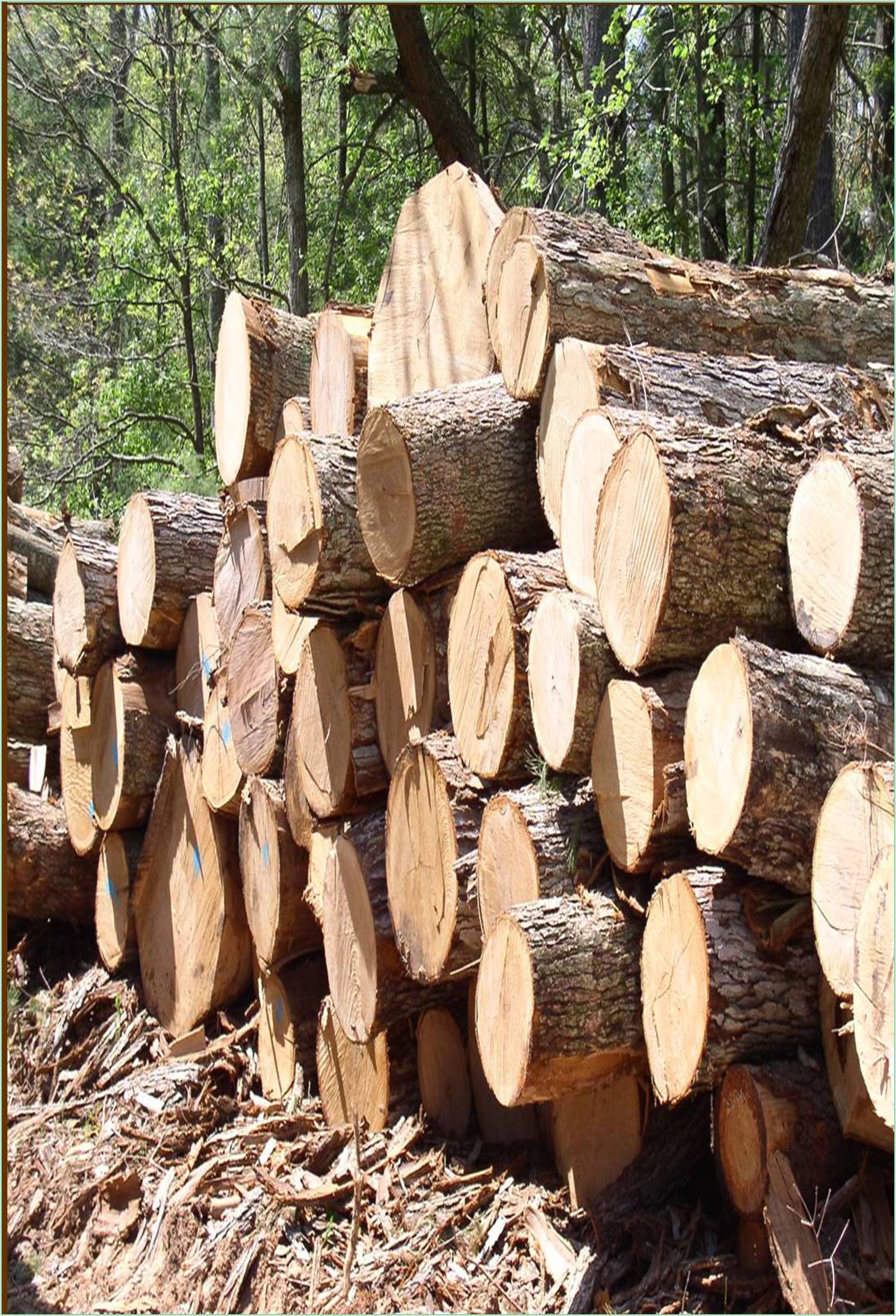



Received: 29-Nov-2022, Manuscript No. GJWSFW-22-83611; Editor assigned: 02-Dec-2022, Pre QC No. GJWSFW-22-83611(PQ); Reviewed: 16-Dec-2022, QC No. GJWSFW-22-83611; Revised: 23-Dec-2022, Manuscript No. GJWSFW-22-83611(R); Published: 31-Dec-2022, DOI: 10.15651/2449-1780.22.11.013
The soil, the hydrology, and the health of the plants in agricultural systems are all significantly impacted by rainfall distribution. The objective of this study was to examine the data in collaboration with agricultural stakeholders in order to test for recent changes in rainfall intensity and seasonal rainfall variability (Aboal, et al., 1999). The Global Historical Climatology Network's daily rainfall records were used to analyse changes in rainfall intensity and seasonal rainfall variability (Calder,1977). When compared to the previous 30-year period, there has been a significant change (53% increase) in the number of extreme rainfall days (>152.4 mm/day) over the last 30 years (1985-2014), as well as significant decreases in the number of days with moderate intensity (12.7-25.4 mm/day) and heavy rainfall (25.4-76.2 mm/ day) (1955–1984). The return duration for months where more than half of the total rainfall happened in a single day has also significantly decreased; this is a unique rainfall intensity statistic that was created by stakeholders. Winter and fall seasonal totals showed reduced variation during the past 30 years, whereas spring and summer rainfall variability (Grunicke, et al., 2020). Rainfall is one of the main causes of yield variability in agricultural systems, therefore it stands to reason that more erratic rainfall and more powerful rain events could provide new difficulties for agricultural production. Producers that are adjusting management practises to make their systems more resistant to rising rainfall may find opportunities as a result of these changes.
Climate change is thought to have a very high likelihood of affecting soil erosion, which is a key risk factor for future pastoral and agricultural production, as well as water quality. In addition to the more immediate consequences of climate change on crop yields, soil erosion therefore has an impact on global food security, and it has been noted that agricultural output must be protected through adaptations (Murakami , 2007). From the momentary splash dislodgement of a small particle to the remobilization of sediment from temporary storage in places like alluvial fans, foot slopes, or floodplains, a variety of processes acting across spatial and temporal scales are involved in the erosion of soils by rain splash and flowing water. There are various reasons to investigate soil erosion in the modern environment, track it, and try to predict how it might evolve in response to climate change. Growing pressures on cultivated and range land soils—for which certain current erosion rates are already deemed unsustainable—are being caused by the growing human population and an increase in the need for food, fuel, and fibre. Increased frequency and erosivity of rainfall events, as well as changes in the floristics, plant architecture, and soil moisture content of associated ecosystems, may be the results of concurrent changes in global and regional hydroclimates, which are related to global warming and changes in the nature of the hydrologic cycle. However, this may be partially offset by the growing use of "sponge city" and similar techniques to construct more absorbent cities (Sadeghi, et al.,2017). At the same time, growth in urban areas and populations, along with the associated impervious urban land surfaces, appear to be resulting in increased risk of urban flash flooding and associated sediment transport, especially in peri-urban areas.
In order to investigate the impact of rainfall patterns and land use types on soil erosion in the Three Gorges Region of China, an experiment is conducted under realworld weather conditions on various types of runoff plots in the Zhangjiachong watershed. According to specific rainfall events, such as moderate, heavy, and storm rainfall, the variations in erosion modulus among hedgerows plots, terrace plots, and slope plots under various rainfall patterns are investigated. The updated Universal Soil Loss Equation also reveals the influence of hedgerows and terrace designs on controlling soil loss.
Aboal JR, Jiménez MS, Morales D, Hernández JM. Rainfall interception in laurel forest in the Canary Islands. Agric. For. Meteorol. 1999 Oct;97(2):73-86. [Crossref] [Google Scholar]
Calder IR. A model of transpiration and interception loss from a spruce forest in Plynlimon, central Wales. J. Hydrol. 1977 May;33(3-4):247-65. [Crossref] [Google Scholar]
Grunicke S, Queck R, Bernhofer C. Long-term investigation of forest canopy rainfall interception for a spruce stand. Agric. For. Meteorol. 2020;292:108125. [Crossref] [Google Scholar]
Murakami S. Application of three canopy interception models to a young stand of Japanese cypress and interpretation in terms of interception mechanism. J. Hydrol. 2007 Sep;342(3-4):305-19. [Crossref] [Google Scholar]
Sadeghi SM, Van Stan II JT, Pypker TG, Friesen J. Canopy hydrometeorological dynamics across a chronosequence of a globally invasive species, Ailanthus altissima (Mill., tree of heaven). Agric. For. Meteorol. 2017 Jun;240:10-7. [Crossref] [Google Scholar]